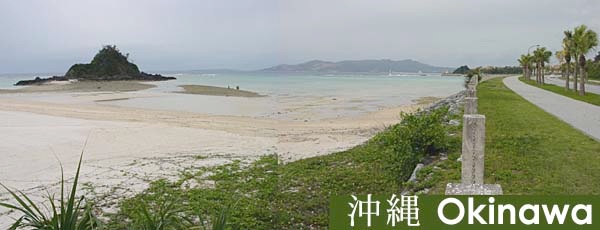
Okinawa, the largest of the Ryukyu Islands that stretch southwest from Japan all the way to Taiwan, has a split personality. It's always been in-between: influenced by the Asian mainland but distinct, nominally Japan but really quite separate, occupied by the U. S. but clearly not America; and now definitely part of Japan (they actually drive on the same side of the road as the mainland now) but yet so often an afterthought, much like Hawaii is to the mainland U. S. Ask any Japanese what the southernmost city in Japan is and odds are they'll still say Kagoshima (which is on Kyushu). Yet Okinawa has always had its own distinct culture (go to an Okinawan museum if you don't believe me, or just try to read the place names on the road signs). And the culture has a depth that is often missed by those who think of the island primarily in terms of World War II (as Americans tend to do) or in terms of sunny beaches (as mainland Japanese tend to do). Among the cultural riches that Okinawa has provided to the world are karate and the distinctive Okinawan music and rhythms. These days many Japanese would add a third item: Awamori, the powerful and very popular Okinawan sake.
Whether you've come to get drunk on sun and surf or just to get drunk, Okinawa offers much to the cyclist. Just stock up on sunscreen -- and beverages, if you plan to cycle the rugged northeast coast.































